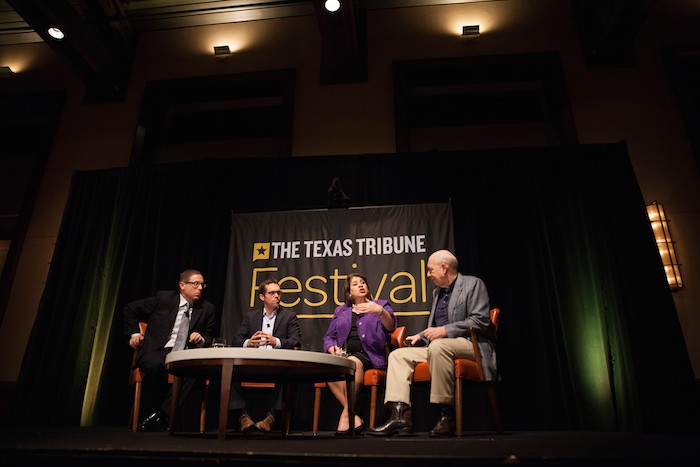
It’s no longer a secret that throwing events is a way for media companies to diversify their revenues and support their journalism. Companies of all sizes are now holding conferences, cruises, and festivals, ranging from The New York Times and The Atlantic to The Texas Tribune and The Des Moines Register. And in many cases there is money to be made: The Texas Tribune generated $1.13 million from events in 2013.
But putting together a media events business isn’t as simple as calling the caterer or flipping through a Martha Stewart book on how to throw a successful party. The team at the American Press Institute has put together a guide rounding up event strategies from almost 20 media organizations. Just as the types of events can differ, so can the goals for hosting them. Making money is an obvious one. But as API points out, increased branding, community engagement, and generating stories are other motivations for media outlets.If you’re in the events business, or considering getting into it, give the full guide a read. Here are four highlights:
Whenever you throw a party, you start by taking stock of the supplies you already have. That’s true for news organizations as well, who should try to create events that can capitalize on their existing assets. For local media, API says some of those strengths include market penetration, brand recognition, and staff. Being able to communicate across platforms, be recognized by the community, and have people who can contribute put media companies at an immediate advantage in the events business, according to the guide.
Events can serve the purpose of bringing together your most loyal and dedicated readers, but they can also act as a bridge to reaching new people, the report says. The key is to know the audience you’re trying to reach and tailoring events to fit their interests. This is a lesson The Bakersfield Californian learned the hard way after scheduling a series of cooking schools with chef and food writer Martin Yan:
“It was a dismal flop,” said Wells. Numbers were significantly lower than projected, and for a variety of reasons — the chief of which was the target audience.
Yan’s style of food didn’t match the preferences of most Bakersfield residents, who enjoy biscuits and gravy, BBQ and Hispanic dishes. The Bakersfield market “is what it is,” said Wells — it is not San Francisco.
The cooking school also suffered from the Saturday afternoon schedule.
“We’ve always held our cooking school on Tuesday evenings,” said Wells. The timing worked well for many families and the working class in Bakersfield. But the Saturday event had to compete with soccer games, charity events, yard work and more. “Way too much else was going on.”
Take, for example, Taylor and his staff’s defense against the Southern Women’s Show. Southern Shows, the organization that runs the event, is just one of many traveling event groups. Taylor and his team devised an event to combat it.
The team put together an expo for women called “She.” By doing its own event for women — and doing a better job at it, Taylor would say — the Times Free Press gets to keep the small businesses’ money local. The town likes that. It also gets to keep the money in its own pockets. The publication likes that.
The expo approach is replicable. Over the years, the format has become a standard for the Times Free Press — it has numerous targeted expo events for women, brides, kids, seniors, Christmas and more, practically anything that comes in trade show form.
As news organizations try to find new ways to diversify their revenue, the old question of separating church and state often comes into play. At The Texas Tribune, for example, Blue Cross Blue Shield of Texas was a sponsor of a discussion on health care. April Hinkle, director of business development for the Tribune, told API the key is being transparent about sponsorships and keeping the business and editorial side separate. While Hinkle deals with the financials, Texas Tribune editor-in-chief Evan Smith deals with the content and selection of speakers.